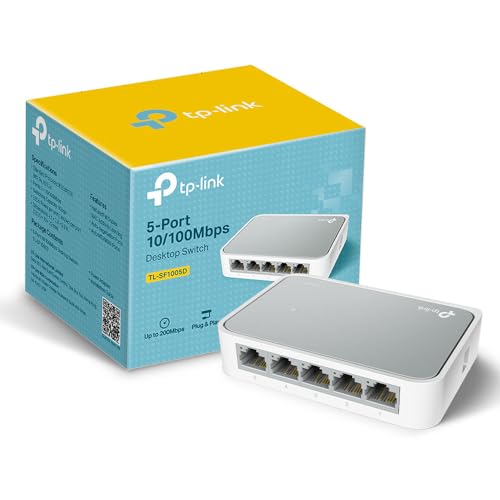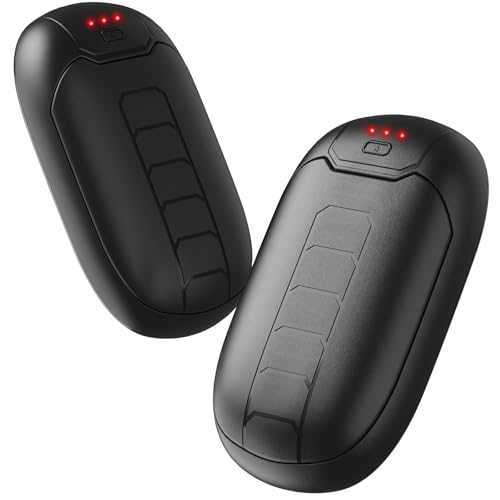What is an Ethernet Splitter and How Does it Work?
Understanding the Basics
An Ethernet splitter is a device that allows you to extend your internet connection to multiple devices using a single Ethernet cable. Think of it like a power strip, but for your network connection. When we plug one cable from the router into the splitter, it divides the signal so that two devices can use the internet simultaneously. This is particularly useful in areas where running multiple cables is impractical.
How It Operates
The operation of an Ethernet splitter is straightforward. Inside the splitter, there’s a mechanism that separates the data signals from the Ethernet cable into two outputs. It’s essential to remember that while splitters facilitate multiple connections, they do not boost the speed or bandwidth of your internet. Instead, each connected device shares the available speed, which is something to consider when connecting devices with high data needs.
Identifying the Right Ethernet Splitter for Your Needs
Assessing Your Requirements
When choosing an Ethernet splitter, we need to first assess how many devices we plan to connect and their data usage. For instance, if we only need to connect two devices like a computer and a printer, a basic two-port splitter will suffice. However, if we have multiple devices or a smart home setup, opting for a more advanced model might be necessary.
Considering Cable Compatibility
Next, we should check the compatibility with our existing cables. Ethernet splitters come in various categories like Cat5e, Cat6, and Cat6a, corresponding to different speeds and capabilities. If we want to ensure optimal performance, we recommend matching the splitter category with the highest category cable we plan to use.
Setting Up Your Ethernet Splitter: A Simple Guide
Preparation Steps
Setting up an Ethernet splitter is a hassle-free process. Start by ensuring that all devices and your router are powered off to prevent any electrical issues. Next, take a single Ethernet cable and connect one end to the router and the other end to the input port of the splitter. This initial step is crucial as it creates the main connection.
Connecting Devices
After connecting the splitter to the router, we need to connect our devices. We take additional Ethernet cables and plug one end into each output port on the splitter and the other end into the respective devices, such as computers, gaming consoles, or smart TVs. Once everything is connected, we can turn on the router and our devices, and we are ready to enjoy our network.
Maximising Performance: Tips for Using Ethernet Splitters Effectively
Avoid Overloading
To ensure our Ethernet splitter delivers optimal performance, we should avoid overloading it with too many devices. Each splitter has a limit, and connecting too many devices can lead to network slowdowns. A good rule of thumb is to connect devices that require less data simultaneously, such as printers, while keeping high-demand devices like gaming consoles directly connected to the router.
Regular Maintenance
Maintaining the condition of our Ethernet cables and splitter is paramount. We recommend checking all connections periodically to ensure they are secure and free from damage. If we notice throttling or intermittent connectivity, it might be time to replace the splitter or the cables to maintain reliable performance.
Common Uses for Ethernet Splitters in Everyday Scenarios
Home Networking Solutions
In many households, Ethernet splitters serve as a handy solution for bringing internet connections to multiple rooms. For example, we might use a splitter in a home office to connect both a computer and a printer, allowing seamless communication between the two without running additional cables.
Gaming and Streaming Enhancements
For avid gamers or streaming enthusiasts, Ethernet splitters can also significantly enhance the experience. By connecting a console and a smart TV to one splitter, we can ensure both devices have stable connections essential for smooth gameplay or buffering-free streaming. This is particularly valuable in larger homes where Wi-Fi signals may be weaker.
















